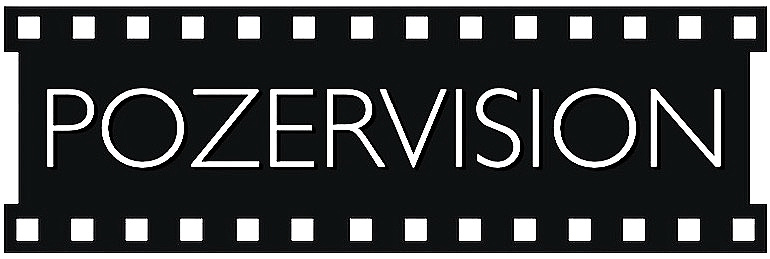‘Script to Screen’ class presentations are an opportunity for students to take on the role of ‘teacher.’ And it gives me a chance to learn from them, to keep me current. Students can choose a particular scene from any film - and BABY DRIVER did not disappoint. Lots of great insight into character, relationships, shot selection, pacing, colour palette, and production design.
BABY DRIVER is exciting. And the chase scenes are spectacular. True technical achievements in the action genre. I hadn’t seen the film for over a year, so revisiting the opening was a treat. Honestly, when it first came out I didn’t know what to expect from the title, but I found the film thoroughly enjoyable. The lead is played by Ansel Elgort, who creates a believable and totally unique character who is born to drive.
The director, Edgar Wright, kickstarts his show with the throttle wide open. He crafts a music-driven bank robbery with the obligatory getaway chase - and what a chase it is! Watch it here.
The scene runs a bit over five minutes and his script covers four pages. Fairly accurate, given the thumbnail guesstimate of one page of script timing out to be one minute of film. Here’s the script link.
Edgar Wright wastes no words nor space on the page. Likewise with his visuals. His rendering is impressive, yet he makes it look easy. So easy, in fact, that I took a poll of the class asking, “how many days of production did it take to get all the shots for this chase?”
While the class mulled over the question and watched the scene again, I texted the amazing Assistant Director, Walter Gasparovic, to confirm the ‘script to screen to production’ dynamics. Fortunately for me, he responded within minutes - and when I read his scheduling info, I knew it was going to shock the class into a new understanding of production mechanics.
Walter Gasparovic #truth
My students thought the scene probably took two to four days. That’s because good directors and production teams make it look SO EASY! So, we talked about location changes, helicopter shots, re-setting blocks of streets with background cars and extras. I could see the wheels turning as they re-considered. This wasn’t a production class, but it gave me a clearer idea of what is missing in post-secondary film education.
Here is Walter’s text. Let it be a lesson to film students and filmmakers everywhere:
Thank you, Walter! We’ll be looking for you on BABY DRIVER 2.




